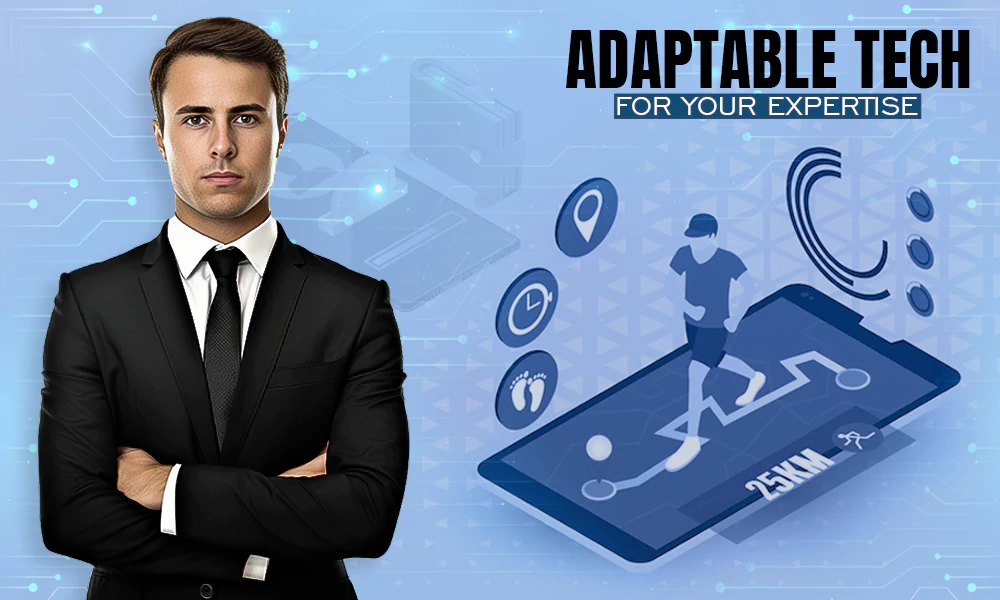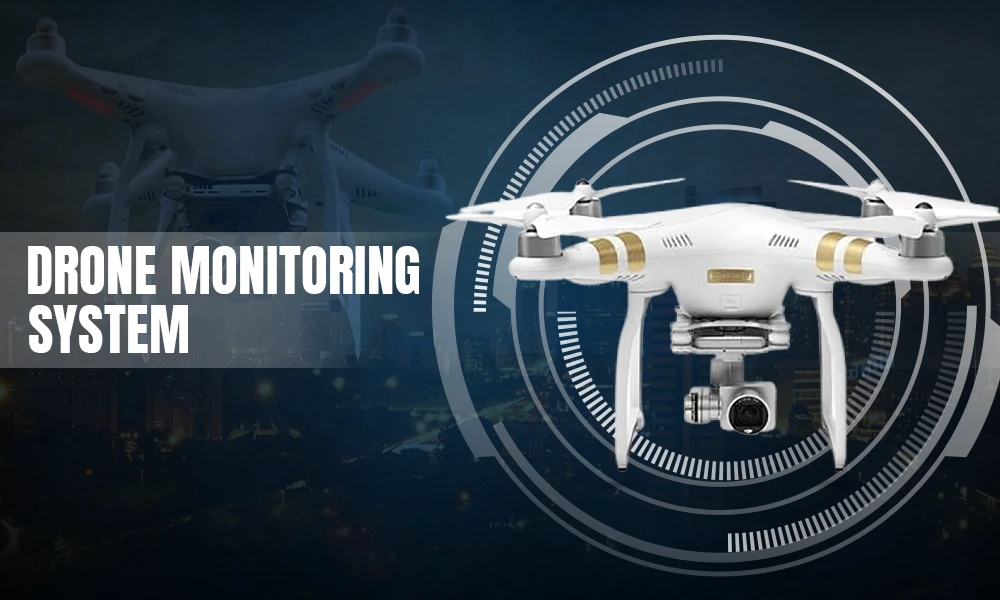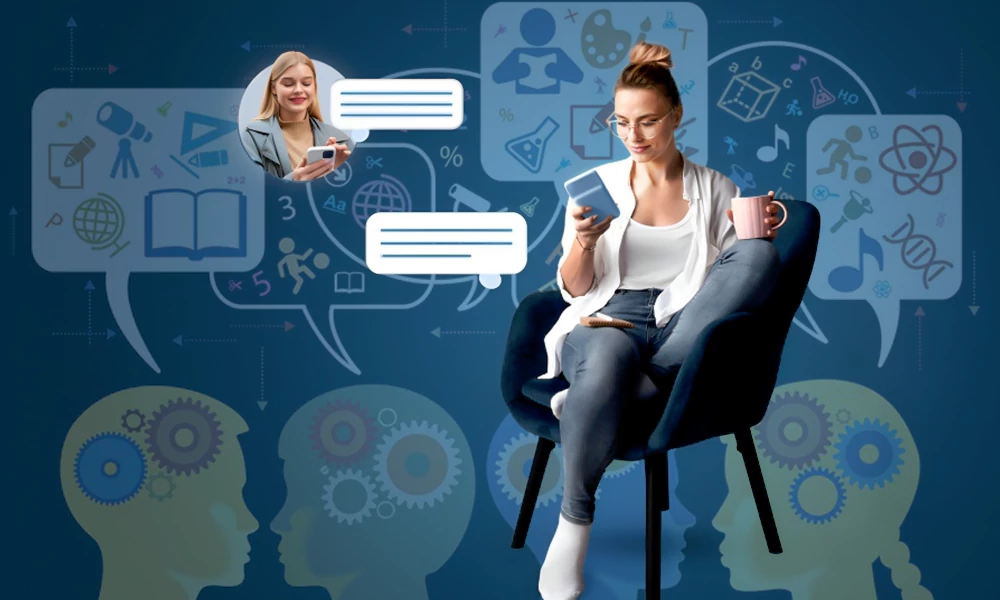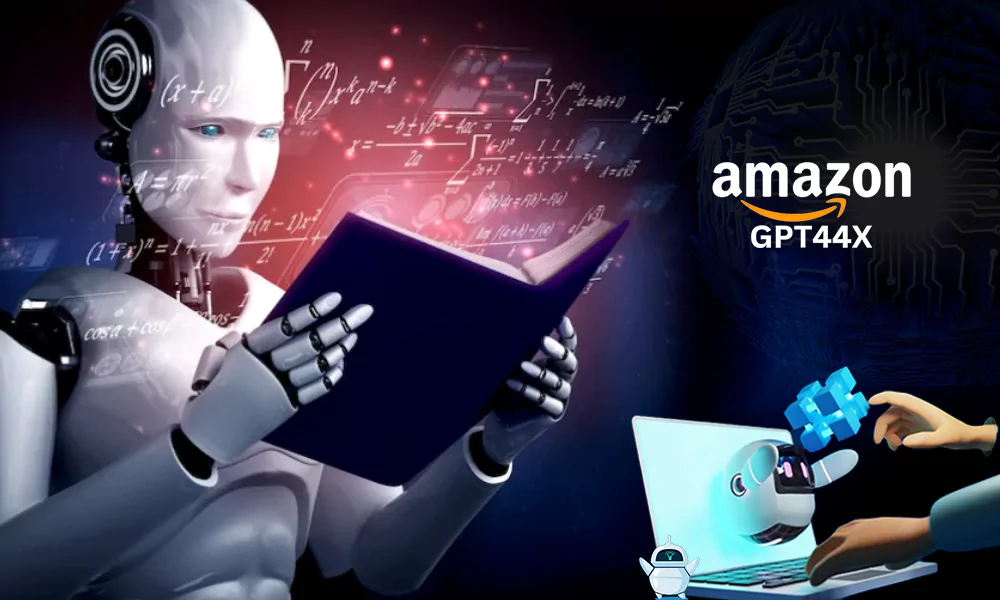Technology Integration: How AI-Powered Chatbots are Revolutionizing Customer Support

It is said that customer support was mainly done face-to-face before the advent of technology. Customers were seen visiting stores to service centres, soliciting help with the resolution of their issues. The summary continues to the next level, where the invention of the telephone brought about telephonic solicitation of assistance in the resolution of customers’ issues; that was the beginning of more accessible customer service. With the internet coming into its full bloom around the late 20th century, email was another way of customer support. It allowed the customers to write their problems in their comfort, increasing convenience and turning the whole idea of customer service around. Companies began making online forums and FAQs on their websites. These self-service options helped customers find answers without directly contacting the support agents.
The Emergence of Live Chat and Social Media
With live chat introduced to websites, it meant that real-time bridging was brought in for the customer’s queries—the immediacy of telephone support with the convenience realized by means of emails. It became possible to find solutions faster and enhance delight for customers. Noticing the exponential growth of the web, companies began to take to these channels for customer engagement and customer support. With social media, the interaction had just been public, and businesses needed to be cautious about their online reputation by answering customer queries and complaints on time.
The Age of AI
The development of the technology of artificial intelligence and machine learning techniques resulted in the development of chatbots. These are waveform technologies that process a high volume of inquiries and respond instantly, learning with time to get better. It’s moving customer support forward in a great way because it’s always active and offers custom assistance. Nowadays, support systems that are envisaged are often integrated with, say, AI technologies into customer relationship management software, thereby working together to offer seamless and efficient support. Automation is important to streamline processes, reduce human error, and improve the customer experience.
What are AI Chatbots?
AI Chatbots are software applications that use artificial intelligence to simulate real-life conversations with users. These chatbots understand, interpret, and carry out user requests through natural communication on behalf of a customer support personnel.
Basic Mode of Operations
User Input: The chatbot would be interacting with a human end-user using a chat-like interface. This interface could be in the form of a chatbox on a website, mobile app, social media, etc. A chatbot then processes the message as soon as it is received to understand the user’s intent and background for making a request.
Message Generation
It involves the preparation of a suitable response to the processed inputs. In some cases, this will include the retrieval of information and execution of tasks, and in other cases, it may include the escalation of the issue to a human agent if necessary. Advanced AI bots learn after every interaction and improve their understanding and replies through ML algorithms.
Technologies in Use in AI Chatbots
- NLP: This is what makes a chatbot capable of understanding human language messages. Main NLP functionalities include tokenization, sentiment analysis, entity recognition, and intent classification. NLP allows a chatbot to understand the subtleties and context in a user’s query to make the interaction more lifelike and relevant to the needs of the user.
- Machine Learning: ML algorithms play a significant role in chatbots learning from data and improving over time. Using a mix of supervised and unsupervised learning, chatbots learn patterns, make predictions, and adjust their reactions once they learn from user interactions.
- Speech Recognition: This basically refers to tech installed in a chatbot to recognize speech and translate it into text, with which the chatbot can then process and respond to the voice commands.
- Contextual Understanding: Advanced chatbots leverage the power of contextual understanding to have coherent and meaningful conversations. This will include memory of previous interactions, understanding of context, and making relevant responses in the ongoing conversation.
What Are the Benefits Of Humanely-Powered AI Chatbots?
Chatbots driven by artificial intelligence provide customer service around the clock, which ensures that the customer has help available whenever they need it. The one-word difference this makes for businesses marketing to people across the globe is exactly that: availability.
The fact that they are always available means they will address immediate issues quickly, thereby enhancing a sense of satisfaction on the part of the customers. Chatbots can reply immediately to a customer’s inquiries, eliminating the hold time between the responses, which essentially occurs if agent-customer interactions are used.
With access to an expanded knowledge base and the ability to execute predefined actions, chatbots are great at helping customers overcome issues compared to human agents.
That essentially means that every customer will not be left hanging in the event that the chatbot can handle their queries, hence general efficiency of a customer support operation is improved. With access to an expanded knowledge base and the ability to perform predefined actions, chatbots solve issues much faster than any human agent could ever do.
Chatbots can deal with several conversations simultaneously, and each of the customer’s messages gets responded to, thus increasing the efficiency of the customer service department. Chatbots can process customer data and a history of interactions to deliver tailored responses and recommendations.
Chatbots have the ability to memorise past interactions, hence learning the preferences, giving customized support that matters most, and engaging the customers. Personalized interactions boost the self-esteem of a customers by making them feel valued and appreciated, hence satisfying them and making them even more loyal. These AI chatbots can then handle a huge number of inquiries at the same time without any kind of compromise in the quality or speed of the response given.
At peak times or during promotional events, chatbots manage the increased traffic without dipping in service quality, hence offering consistent support without more demands on human resources. The uniform service of chatbots ensures consistency in responses and maintains service quality across all interactions.
How AI Chatbots Improve Customer Experience
AI chatbots give prompt answers to customers about their queries, hence saving on the waiting time. A chatbot communicates with more than one person at a time and, therefore, can handle several conversations simultaneously, ensuring that all the customers are responded to promptly whatever the range of inquiries from which the inputs come.
AI chatbots promptly offer solutions to frequently asked questions or routine problems, thus letting human agents deal with more complex problems. Since AI chatbots rely on a pre-determined knowledge base to provide information, they will be able to provide uniform answers, meaning that the customers will also receive uniform answers, no matter where or when they get their answers.
Chatbots help decrease human errors and, in the process, automatically reduce the chances of making inaccuracies and mistakes when handling information for better and more reliable information to the customers. Let me elaborate this further: Chatbots can be controlled with the most recent information that the company has at its disposal, including its policies, at any point in time.
Utilizing natural language processing, AI chatbots become more interactive to assist in making the customer experience more fun and more human-like. Through analyzing data and customer’s preferences, chatbots have the capacity to customize their responses to individual needs and interests, focusing more on the relevance and personalization of the interaction.
Chatbots are consistently available whenever the user needs them, ensuring uninterrupted interaction with the customers. Through predictive analytics, chatbots are able to predict customers’ preferences based on their behavior and interaction patterns to offer proactive support even before a problem arises. A chatbot can predict problems and suggest a solution to them long before they grow into a major problem. Through customer data analysis, the chatbots can make suggestions for a product or service on a more personal level related to the customer, thereby enhancing the user experience and increasing sales.
Balancing Automation: Human Touch, and When to Escalate to Human Agents
Although AI chatbots are highly effective in answering routine questions and requests, they may fail to deal with complex or sensitive matters that demand deep understanding and empathy.
These are often sensitive or emotional issues, the personal touch of which only a human being could offer with empathy.
In the event that the chatbot cannot resolve an inquiry within a reasonable number of interactions, automated escalation to a human agent would be triggered to ensure the customer’s satisfaction.
High-value transactions or VIP customers, on the other hand, should demand a much more personalized assistant and, consequently, must be routed to human agents in order to assure a premium service experience.
Advanced chatbots with sentiment analysis can now easily pick up any frustration or dissatisfaction in a customer’s language and immediately escalate it to a human agent to prevent tarnished experiences. Where there is an escalation, one should not notice the chatbot turning to a human agent.
This should relay the context of the conversation and its history to avoid the situation in which customers have to repeat themselves. The handover process can be very detailed to the customer to prevent unnecessary tension. Human agents should follow up on interactions based on information provided by the chatbot, calling the customer by their name and acknowledging their specific issue.
Human agents should be trained to listen actively and respond with empathy to provide reassurance and support that complements the efficiency of the chatbot. Balancing automation with human touch helps businesses deliver service quickly and efficiently, but not at the behest of complex or sensitive issues that require that personal touch.
Automation in routine operations frees up human agents to deal with more difficult, high-value interactions, thus making them much more effective and efficient. Customers appreciate AI bots for the prompt answers they receive and the efficiency with which they provide solutions; however, having a human agent in the background for detailed support is also valuable for the customers. This balanced approach fosters trust and loyalty.
Final Thoughts
AI-powered chatbots redefine the experience provided in customer service, making it real-time, efficient, and individual attention to customers. These chatbots bring along great benefit: from the availability of 24/7/365 support to inexpensive implementation to fast and scalable deployment in large parts; significantly, they are core in improving the customer experience.
It is the capacity an AI chatbot has to outpace the expectations of modern customers with responses that are super-fast, delivery of information that is consistent, interactivity that is engaging, and provision of support that is proactive. Such an approach enhances the customer experience while at the same time maximizing business resources. As technology advances, this is going to play a big role in the benefits of customer support, efficiency, and . satisfaction by AI chatbots.









